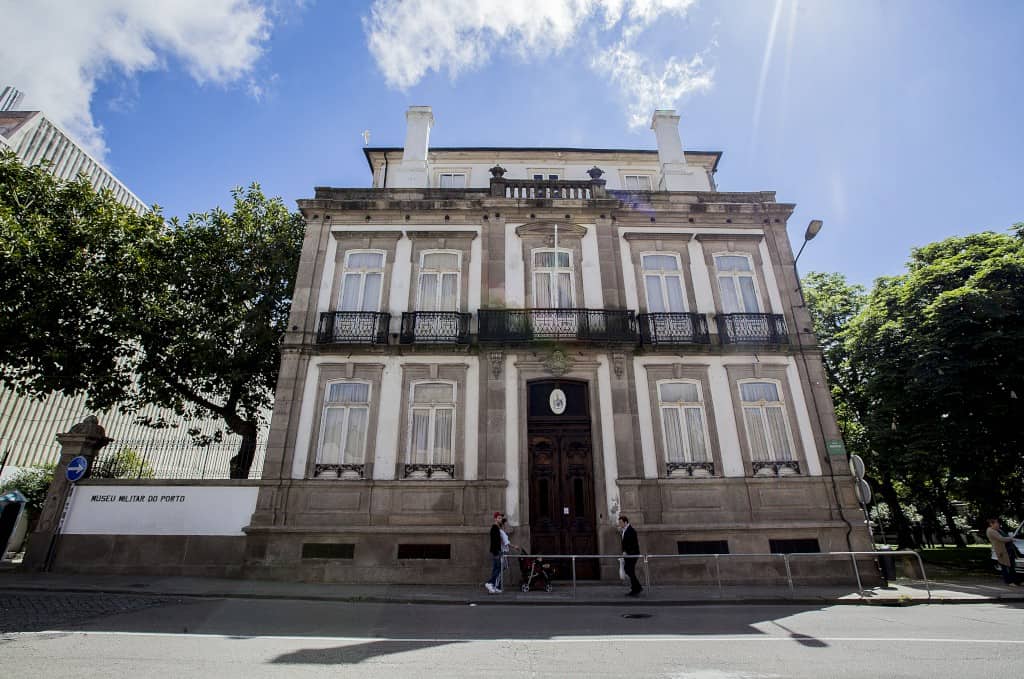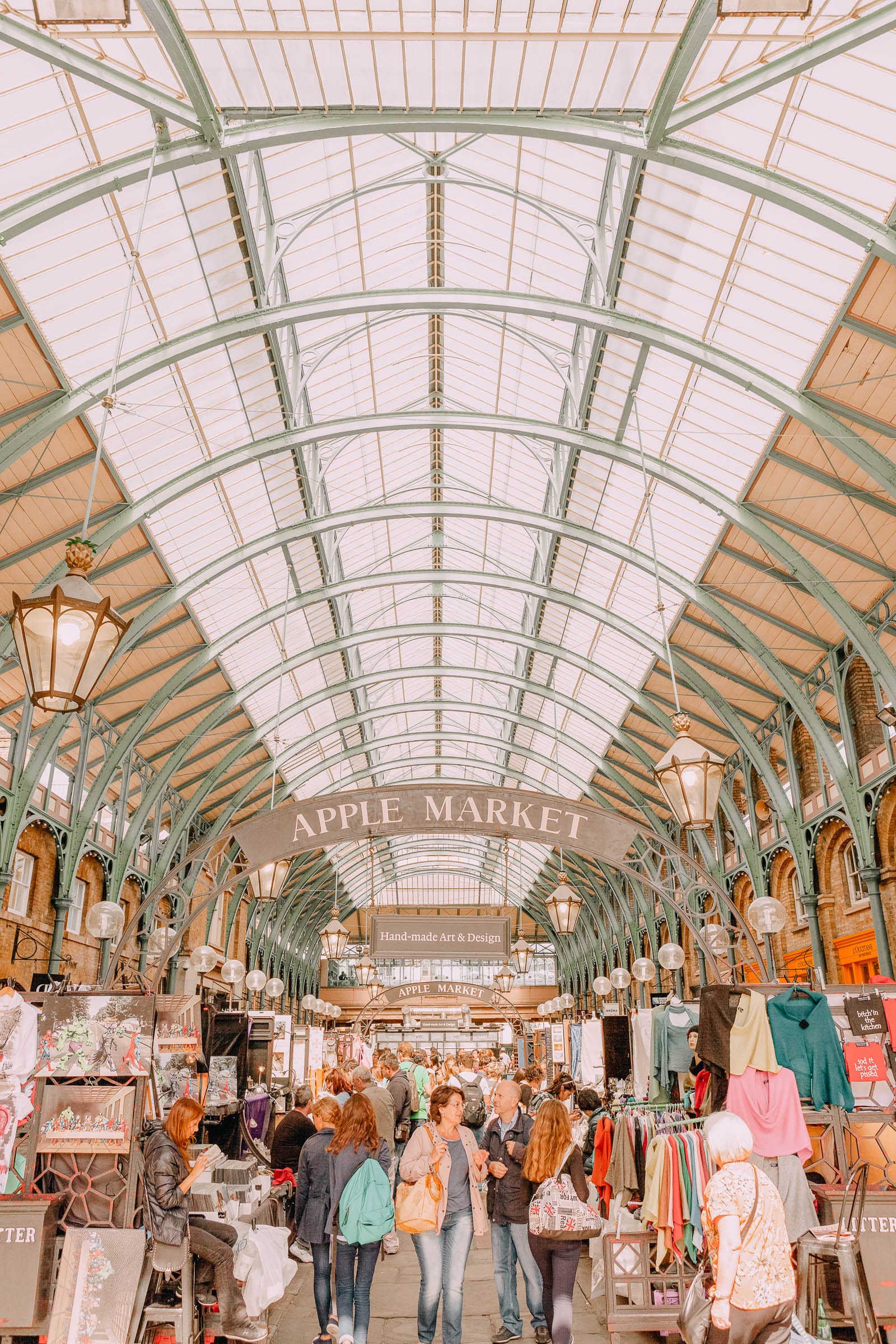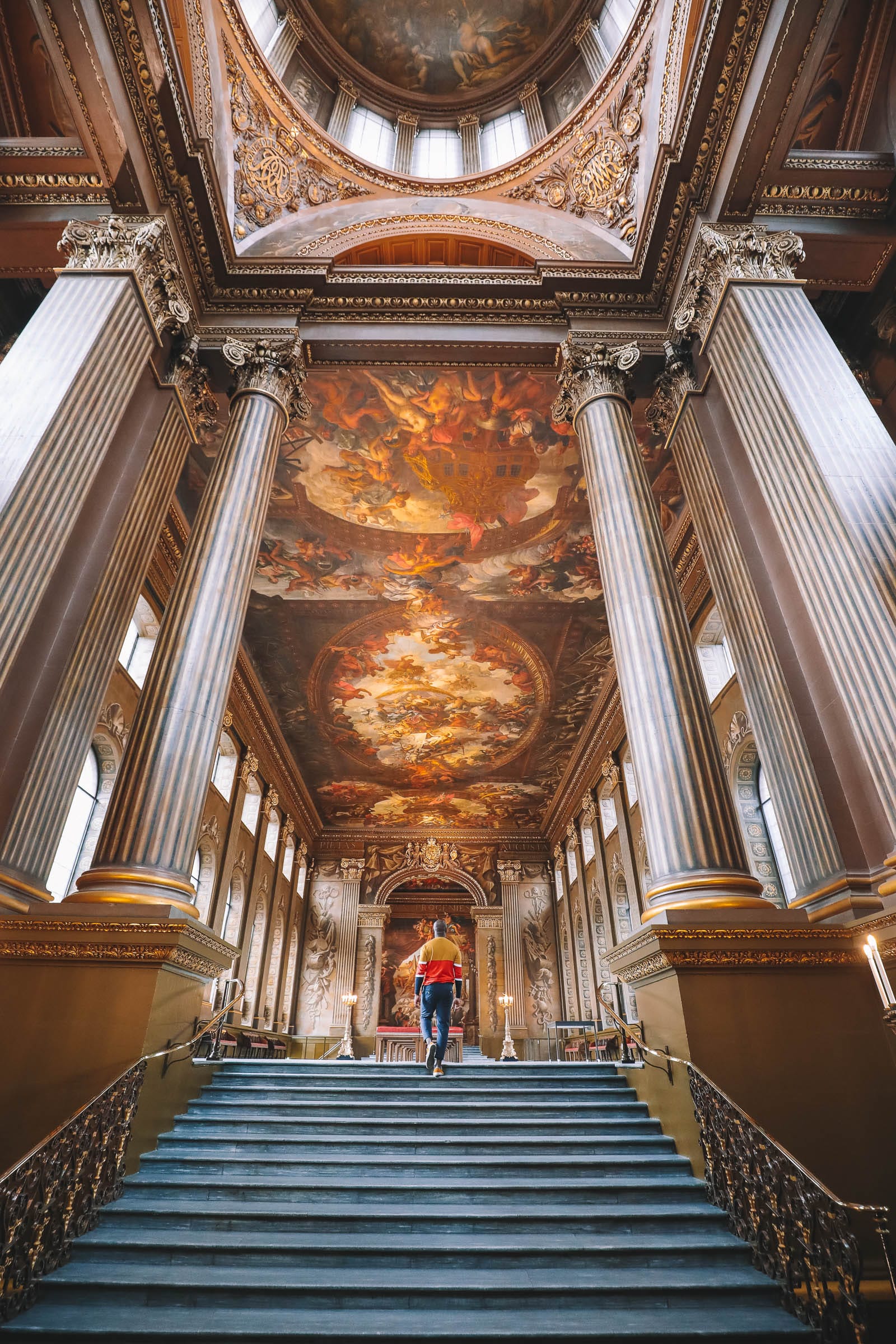Summary
- Igreja Matriz de Rio Tinto
- Museu Mineiro de São Pedro da Cova
- Estádio do Dragão
- Porto
- Museu Militar do Porto
- Quinta do Covelo
- Zoo da Maia
- Rua Santa Catarina
- Torre Lidador
- Pharmacy Museum
- Igreja de Nossa Senhora do Ó de Águas Santas
- Prado do Repouso Cemetery
- Mosteiro de Leça do Balio
- Shopping Parque Nascente
- Matosinhos
To the northeast of Porto, Rio Tinto is a parish linked to the city via the Porto Metro (Orange Line). Nearby, visitors can discover traditional churches, specialty museums, a zoo, and a beautiful park situated on the remnants of an old quinta.
In the eastern and northern suburbs of Porto, there are intriguing attractions often overlooked by tourists, such as the renowned Pharmacy Museum and the striking sculptures in the Prado do Repouso.
Additionally, the city of Maia, located a short distance away, also boasts its own noteworthy attractions, including the tallest building outside of Lisbon.
Let us delve into the top attractions in Rio Tinto:
1. Igreja Matriz de Rio Tinto

Overlooking the Rio Tinto valley and just a short walk from the Metro station, the local church presents a striking contrast to the modern developments nearby.
Constructed in the 1770s, it replaced a medieval convent church.
Its facades feature six tile panels depicting various saints significant to Rio Tinto.
The elaborate decoration inside is particularly notable, especially on the altar, which is adorned with images of saints surrounded by intricate gilded woodwork.
This church is unique in Portugal for having a tabernacle to hold the Eucharist, lavishly decorated and depicting scenes from the Passion on its doors.
2. Museu Mineiro de São Pedro da Cova

Coal was discovered just beyond Porto’s northeastern boundaries in the 18th century, leading to the transformation of former farmland in the parish of São Pedro da Cova into mining territory.
This specific mine was in operation for 200 years before ceasing operations in 1970. The museum is housed in Casa da Malta, a former residence for miners who traveled from various regions of the country to work here.
For those interested in historical industry, remnants of the old mine can be observed, while the museum consists of two sections: the first details the types of ore extracted, and the second explores the life and routines of the miners.
3. Estádio do Dragão

Located four stops on Line F of the Porto Metro, this stadium is one of Europe’s football icons.
It serves as the home stadium for FC Porto, a member of Portugal’s prominent football trio.
Together with Sporting Lisbon and Benfica, FC Porto continually competes for the Primeira Liga title.
Their notable history includes victories in the European Cup/Champions League and the UEFA Cup/Europa League, with each title hoisted twice.
A wealth of this prestigious history is showcased at the museum, which can be visited in conjunction with a guided tour of this UEFA Four Star facility.
Matches other than local derbies and those against the top three teams rarely sell out, thus providing ample opportunity to purchase a ticket on the day of a game between August and May.
4. Porto

While the parishes surrounding Rio Tinto offer a variety of attractions, you are always a mere 15 minutes away from the heart of Porto via Metro.
As with any notable European city, Porto presents something for individuals from all walks of life and ages.
If you wish to experience the vibrancy of an ancient town, the Ribeira district is the place to be. For major sights, the iconic Dom Luís I Bridge, Palácio da Bolsa, and a host of churches adorned with gilded woodwork and azulejos await.
For those with a taste for fortified wine, crossing the Douro River into Gaia reveals numerous port lodges where the opportunity to taste and purchase this esteemed beverage arises.
5. Museu Militar do Porto

Situated in the Bonfim parish, to the west of Porto, one can find the city’s military museum.
Accessible in approximately ten minutes via Metro, this museum can be reached via the Heroísmo station.
The impressive structure was originally built as a palatial residence in the 19th century and later served as the headquarters for the secret police during Salazar’s regime.
Its collection boasts an array of antique swords, uniforms, and guns dating from the 1400s to the 1900s.
However, the standout feature is the collection of 16,000 miniature figures, crafted by Europe’s foremost manufacturers.
6. Quinta do Covelo

Located just west of Estádio do Dragão, this delightful eight-hectare park is nestled within an old residential neighborhood on Porto’s northern outskirts.
At the higher elevations of the park, visitors can enjoy lawns and groves of palm trees, stone pines, and oaks.
Families with young children may take advantage of the swings and slides; however, the park is characterized by the ruins of an old estate that once graced the land.
Visitors can still discern the Baroque facade of this once-grand residence, left as a shell since the Siege of Porto in 1832-1833.
7. Zoo da Maia

If traffic permits, the Zoo da Maia can be reached in approximately 15 minutes from Rio Tinto.
This zoo is particularly rewarding for families as it emphasizes education and conservation.
It boasts the largest reptile exhibit in Portugal, featuring plated lizards, Burmese pythons, geckos, desert cobras, green vipers, iguanas, and crocodiles.
Additionally, a variety of other creatures can be found, including scorpions and tarantulas.
For a lighter experience, visitors can enjoy bird of prey demonstrations held three times daily or catch a sea lion presentation, which showcases these animals swimming and feeding.
8. Rua Santa Catarina

Porto’s principal shopping avenue is conveniently located approximately 15 minutes from Levada to Bolhão station.
This elongated thoroughfare begins in the north, where it features relatively unremarkable offices and residential areas before becoming increasingly touristy as one moves downhill.
The most vibrant section starts just south of Bolhão station, where a mix of shops and boutiques offers unique local specialties alongside familiar international brands like Zara and Bershka, all set within distinguished 19th-century architecture.
A visit to Mercado do Bolhão is warranted, not only for the fresh produce but also for the turn-of-the-century architecture surrounding the courtyard.
9. Torre Lidador

Located a 15-minute drive away in Maia, Torre Lidador ranks as Portugal’s fifth tallest building and the tallest one outside Lisbon.
Should this garner your interest, a tour can be arranged, taking you to the summit of this 92-meter tower for a panoramic view of the Porto Metropolitan Area.
From the rooftop, a guide will point out visible landmarks and share insights into Maia’s history.
In front of the tower, a statue commemorates the 12th-century commander, Gonçalo Mendes da Maia, a revered historical figure born in this region who led troops at the righteous age of 91 in a battle against the Moors in 1170 (hence the name “Lidador”).
10. Pharmacy Museum

Driving towards the coast leads to the remarkable Pharmacy Museum, which houses an extensive collection of instruments and containers from various civilizations and eras.
The collection includes artifacts from Ancient Egypt, Mesopotamia, Rome, Greece, China, Japan, and Russia, along with Incan and Aztec items.
Among the most captivating exhibits are two reconstructed pharmacy interiors, featuring their original earthenware pots and shelving.
One interior derives from the former Estácio Pharmacy, previously located on Rua Sá da Bandeira in Porto, while the second interior comes from a 19th-century Ottoman Empire palace in Damascus.
11. Igreja de Nossa Senhora do Ó de Águas Santas

This Romanesque church in Maia predates the establishment of Portugal as a nation.
Its origins trace back to the 10th century, when it was associated with a convent, and it was reconstructed to its present form in the 1120s.
The atmosphere in the churchyard is particularly poignant, featuring five monolithic sarcophagi from the early Middle Ages.
One of the sarcophagi displays a circular cross of Malta and a coat of arms.
Additionally, the two naves contain sculpted capitals adorned with motifs of animals and vegetation.
12. Prado do Repouso Cemetery

A short walk from Heroísmo Metro Station leads to another fascinating site often overlooked by tourists.
The Prado do Repouso opened in 1839 as the city’s first public cemetery and has evolved into an open-air museum.
Despite its nature as a cemetery, visitors are rewarded with some of Porto’s finest sculptures, created by renowned artists such as António Soares dos Reis.
This site features ornate tombs and mausoleums, a beautifully designed cemetery chapel, and the solemn charnel house of the former convent.
13. Mosteiro de Leça do Balio

Designated as a National Monument, this monastery sits alongside the Leça River, close to an ancient Roman road that connected Porto with Braga.
This site has existed since the 900s, though its current architectural style emerged in the 1300s.
Its formidable, defensive appearance is immediately striking, tailored for both protection and worship, featuring pointed merlons and arrow loops, with minimal openings on the main facade aside from the portal and rose window, the latter being protected by crenellations.
Inside, the structure showcases a mix of Romanesque and Gothic styles, lacking the ornate decoration typical of many Porto churches.
The wooden ceiling and bare stone walls and columns convey an open, airy ambiance.
14. Shopping Parque Nascente

Fashion-savvy shoppers flock to this mall in Rio Tinto, which offers a diverse range of clothing stores and tends to become quite busy on weekends.
Expect to find classic high street brands like Primark, Sephora, and Zara, as well as many familiar retail establishments commonly found in Portugal and Spain, such as Oysho, Bershka, Pull & Bear, and Springfield.
If you are accommodated in self-catering lodgings in Rio Tinto, you will have access to a couple of supermarkets and an inviting food court, featuring both healthy dining options and fast-food establishments like Subway.
15. Matosinhos

For a day by the sea, Praia de Matosinhos offers an easily accessible option.
This beach is also regarded as the region’s top destination for surfing, with optimal conditions from October to May, complemented by the presence of numerous schools offering lessons.
As a coastal locale, Matosinhos is your prime destination for fresh fish and seafood.
The harbor area is lined with affordable, casual dining establishments serving cod, sea bream, grilled squid, and the much-loved sardines.
Pair your meal with vinho verde (literally “young wine”), which is known for its slight effervescence and refreshing quality, making it an excellent complement to seafood.




